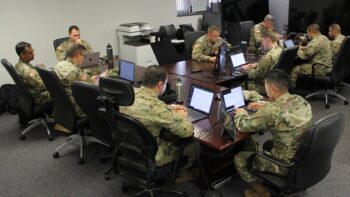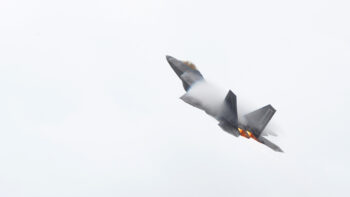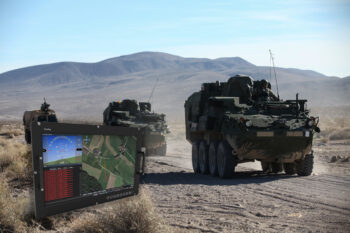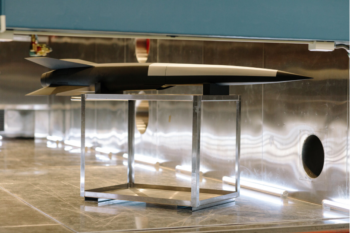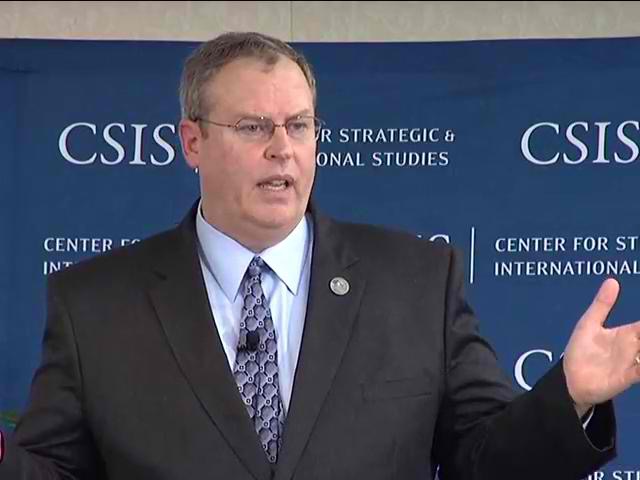
Robert Work
WASHINGTON: The Reagan Institute is calling on the US government to undertake a comprehensive effort to strengthen the national security industrial base, with recommendations ranging from creating an interagency “National Security Innovation Committee” for coordinating financial support to establishing a “STEM Corps” to give students free tuition if they enter the natsec work force.
The report, “The Contest For Innovation,” also recommends a raft of DoD acquisition reforms to support defense industry innovation. It was released in advance of Saturday’s annual Reagan National Defense Forum,
(Forgive us for seeing some small irony in a think tank named after Republican President Ronald Reagan calling for a raft of initiatives to essentially further subsidize US defense industry, in that implementation would necessarily include substantial US government spending.) The report, however, does not venture a price tag for its recommendations.
That said, the report addresses some very real challenges that DoD has more or less acknowledged over the past decade. These include:
- The NSIB [National Security Industrial Base] needs to be directed, coordinated, and incentivized to win the contest for innovation.
- The United States government has yet to fully embrace and exploit innovation in the private
sector and academia. - The country as a whole, and the government in particular, lacks a comprehensive talent
management strategy to win the technological “war for talent.” - The United States needs to improve its collaboration with allies and partners in order to
strengthen its NSIB and the innovation capacity of those nations.
The report’s concerns and findings follow in many ways the Trump Administration’s National Security Strategy, as well as its overarching approach to bolstering US industry writ large. Co-chaired by retired Republican Senator Jim Talent and former Deputy Defense Secretary Bob Work, the study frets about technological advances by China (and to a lesser extent Russia), as well as the fact that defense firms are increasingly behind the tech innovation power curve.

Jim Talent
“The defining national security threat facing the United States is competition with a rising China,” said Talent, in a Dec. 3 press release announcing the study.“If there is one factor that is going to determine the outcome of this competition, it is the ability to innovate more successfully. Leveraging relevant innovation for national security purposes will require a more risk-tolerant mindset from our national leaders.”
Work added that maintaining the US natsec industry’s technological edge will require “a more coordinated and collaborative effort among all stakeholders—government, academia, and private sector actors.”
The report states: “Without question, China is the chief pacing technological competitor to the United States. It explicitly seeks to supplant the United States as the world’s top innovation power. Toward this end, China has embarked on an aggressive plan of military–civil fusion focused on critical and emerging technologies. This plan has the potential to disrupt global stability and ultimately undermine the security and prosperity of the United States and its allies.”
It further worries that “traditional prime contractors … are not necessarily the best agents of innovation.” It adds: “Private-sector research and development (R&D), while substantial in absolute terms, is heavily weighted to development and commercialization and is an inadequate replacement for basic and applied research historically funded by the U.S. government.”
The detailed recommendations fall into four large baskets of activities.
The first, “Directing, Coordinating and Incentivizing the NSIB,” includes the recommendation that Congress mandate a new, interagency “National Security Innovation Committee” for “enabling, developing, guiding, and safeguarding the industrial base.” The work of that committee should be “strategic not reactive,” the report states.
Congress further should authorize a new government grant program, administered “in coordination with” DoD and aimed at filling in gaps in Pentagon R&D, to fund “basic research in areas important to 21st-century competition, such as AI, autonomy, quantum technology, or advanced computing.”
This section also recommends pumping up R&D funds for agencies and departments outside DoD to enhance US manufacturing capabilities in key natsec related sectors, “such as semiconductors.”
Under a second category, “Optimizing and Harnessing Private Sector Innovation,” the Reagan Innovative Task Force calls for myriad reforms to DoD acquisition rules and practices. The goal of these changes should be “acculturating” DoD tech acquisition “to the more risk-positive nature of the NSIB and driving incentives for private-sector actors to participate more purposefully and robustly in the NSIB,” the report explains. The reforms recommended include:
- Using “alternative acquisition pathways to award contracts as part of programs of record to companies to ensure a sustainable funding profile.”
- Measuring progress “in contracts awarded, total dollars awarded, and speed of procurement, focusing on writing fewer, larger checks both as a way to leverage key emerging technologies and as a signal to investors.”
- Overhauling software acquisition “to move away from requirements lists to iterative capabilities and maximize the use of commercial standards for interoperability.” (Breaking D readers will know that this is a primary goal of Air Force Acquisition czar Will Roper as he presses to make the Air Force a “software company.“)
- Incentivizing the aerospace and defense sector “to increase its investment in dual-use companies.” The report notes that unlike other large US industries, aerospace and defense firms traditionally have not led in corporate venture capital investing. Betting on innovative startups and helping them overcome barriers to entry into the natsec contracting world could pay benefits — but, the report says, aerospace and defense firms will need DoD encouragement to do so, via “preferred acquisition programs” for primes with strong venture programs. (We should note that several primes, such as BAE Systems via its Fast Labs effort, already are doing so without DoD aide.)
The third category of activities is titled “Winning the War for Talent.” It is under this section that the report recommends the new STEM incentive program, as well as the creation of a “National Security Innovation Base Visa” that would “encourage appropriately vetted, highly skilled foreign workers to contribute their education and talents to the benefit of the NSIB.”
The final basket of recommended activities focuses on “Mobilizing Allies and Partners.” This includes creating a new international framework, called “Partnership for a Strong Innovation Base,” to help the US natsec industrial base “capitalize on the capabilities of the United States’ most trusted allies.” This would be accomplished through congressional legislation that would “allow trusted allies and partners to benefit from a regulatory fast track for their key investments.” It adds that: “Burdensome acquisition rules and trade controls
should apply only when specifically required” — but does not define those circumstances.
‘Self-inflicted wound’: Pentagon comptroller warns Trump against mass firings of federal employees
DoD Comptroller Mike McCord additionally predicted that the current continuing resolution will extend until March, as the Republican Party looks to craft a “two percent better deal” once it controls Congress and the presidency come January.






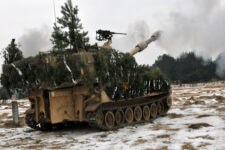
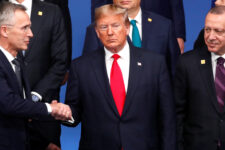

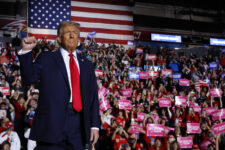

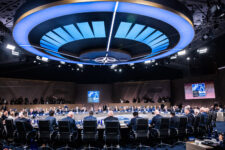




![E-2D_AR_1[1]](https://breakingdefense.com/wp-content/uploads/sites/3/2024/10/E-2D_AR_11-350x233.png)


